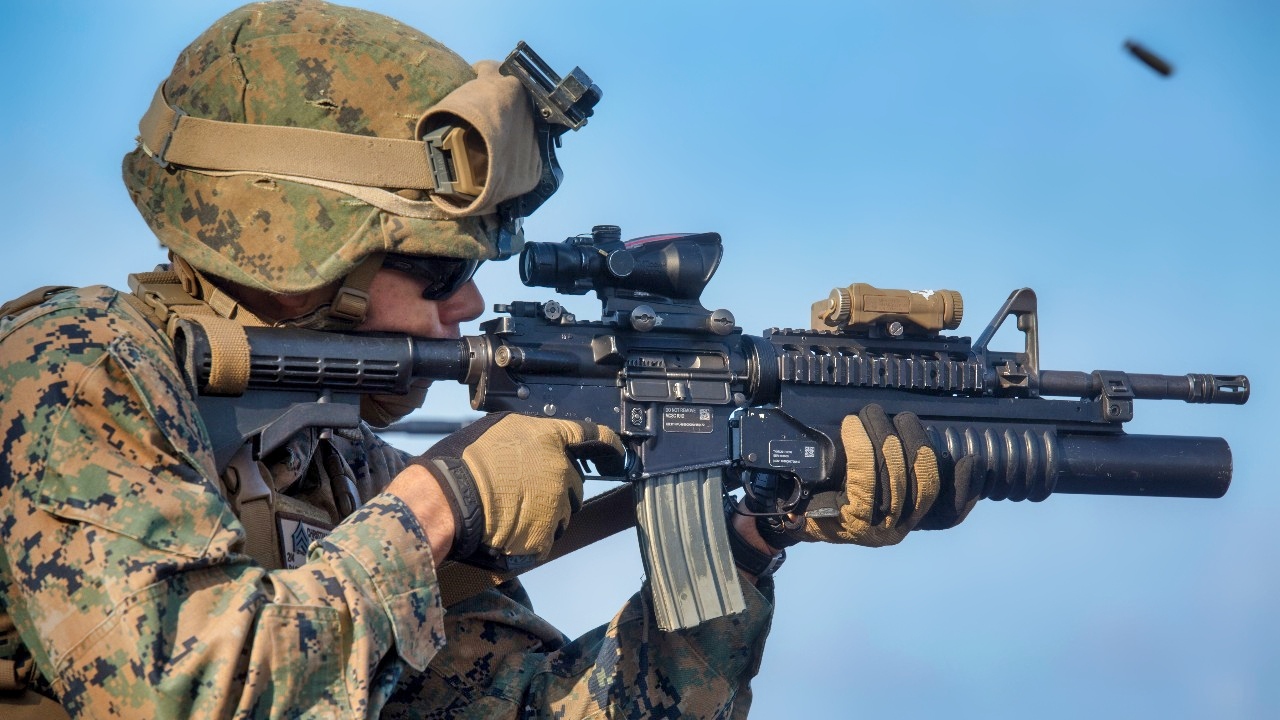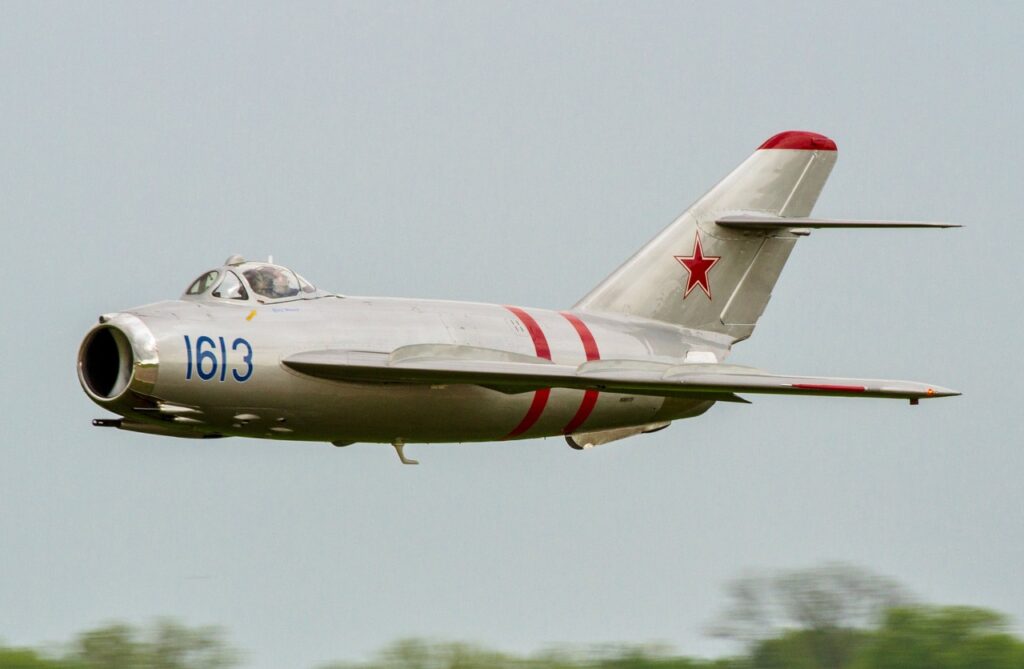
Marine Corps Force Design: A Smart U.S. Plan to Counter China
A cheery huzzah! goes out to General Eric Smith, the newish commandant of the U.S. Marine Corps. This week Marine Corps headquarters released his first “Commandant’s Planning Guidance” to the service, setting forth his priorities for his tenure. Read the whole thing. Hearteningly, the directive vows to stay the course with “Force Design,” the effort formerly known as “Force Design 2030.” Initiated by General Smith’s predecessor, General David Berger, Force Design aims to reinvent the Marine Corps for nascent operational and strategic realities.
Realities such as island warfare in the Western Pacific.
Facing down today’s paramount challenges means confronting China, and it means restoring the marines to their past as an integral part of U.S. Navy fleet operations. Marines will work alongside the fleet and fraternal joint forces to deny an aggressor access to allied soil and the seas and skies adjoining it. Mapped onto Asia’s first island chain, this American-style access-denial strategy would bar the straits whereby shipping and aircraft pass from the China seas into the Western Pacific and back. Joint and allied forces would hold sovereign terrain while transforming the island chain into a barricade to Chinese maritime movement.
To enforce the barricade, bodies of missile-toting troops stationed on the islands would cut loose against approaching People’s Liberation Army (PLA) Navy and Air Force units, not to mention China’s merchant fleet, while also scouting on behalf of friendly maritime forces. Littoral action would convert nearby sea and air space into a killing ground—much as the waters washing against the Ukrainian seacoast verge on no-go territory for the Russian Black Sea Fleet these days.
Access denied.
Deployments along the island chain would block China’s access to the wider Pacific, bringing the military, economic, and diplomatic hurt. Xi Jinping & Co. cannot overlook the prospect that their actions might set in motion a U.S. and allied riposte that forecloses China’s maritime destiny. In other words, island warfare constitutes a potent deterrent to aggression—which explains why “naval integration” has been all the rage in the U.S. sea services the past five years or thereabouts.
And remains so. The Commandant’s Planning Guidance reaffirms the imperative to fuse Marine Corps with Navy operations, turning geography, alliance relations, and implements of war to strategic advantage.
As Smith and Berger see it, meeting the China challenge demands that the marines rebalance their armory as well as formulate fresh concepts of operations. Their logic being that in a time of stagnant budgets, rejiggering the force mix means discarding nice-to-have for must-have weaponry. This has proved nettlesome. In particular, jettisoning tanks and part of the inventory of traditional gun artillery to acquire precision arms has incensed Force Design critics—chiefly retired marine generals who have spent the past two-plus years braying for Congress to delay, suspend, or cancel the project.
Yet it has forged ahead with congressional and Pentagon approbation.
And the redesign may well take root. Reforming a big bureaucratic institution takes not just determined effort from on high; it takes time. Military chiefs of staff typically serve for just four years. That limits how much any single service chief can accomplish. After all, even seniormost leaders cannot issue decrees and expect a bureaucratic institution to automatically comply. Bureaucratic politics doesn’t work that way. It takes time to change minds, attitudes, and ways of doing things, inflecting the institution’s culture in a new direction. Compounding the challenge, holdouts loyal to the old order could slow-roll reform, outlasting a chief of staff.
So four years may not be enough to see Force Design through. But eight years of likeminded leadership—Berger’s term plus Smith’s—may be long enough to institute lasting change.
To what strategic purpose? There’s the practical military dimension described before. It’s also possible to interpret the Commandant’s Planning Guidance as a venture in strategic communications. It notifies the prospective foe, not to mention U.S. allies, partners, and friends, that the U.S. sea services refuse to rerun World War II in the Pacific should war come. Japan evicted America from the Western Pacific by mid-1942 after striking nearly simultaneously at Pearl Harbor, the island stepping-stones connecting Hawaii to East Asia, and the Philippine Islands, then a U.S. colony. It took years of bloody fighting to break back into the Western Pacific. Meanwhile Japan had its way with the region.
Replaying the Pacific War script today—ceding the theater to China for an indefinite period—would constitute a catastrophe. Vacating the region amid the clangor of combat would amount to abandoning allies of long standing like Japan, South Korea, and the Philippines. Cutting and running is no way for a superpower to conduct itself when the going gets tough.
So the Marine Corps and Navy have announced that they intend to stay. When marines talk about “stand-in forces,” as the planning guidance does on several occasions, they’re talking about defying an effort reminiscent of Imperial Japan to expel U.S. forces from East Asia, or to intimidate U.S. forces into scurrying from the region in search of safety before trying to battle back in. Rather than stand off, that is, marines intend to stand in within China’s weapons-engagement zone. Backed by an imposing arsenal, such operational concepts telegraph that America can and will honor solemn commitments to its allies.
Directives like the Commandant’s Planning Guidance pay diplomatic dividends.
In strictly martial terms, stand-in forces will not just hold key island terrain and cordon off the China seas but use the islands to make things tough on an invasion fleet bound for Taiwan; on a hybrid PLA Navy, China Coast Guard, and militia fleet that tries to make good on China’s claim to state ownership of the South China Sea; or on some other sea force bent on aggression. In other words, marines fighting in concert with the fleet mean to balk China’s strategy until U.S. and friendly forces can muster enough armed might in the theater to defeat the People’s Liberation Army outright. The III Marine Expeditionary Force based on Okinawa, at the midpoint of the northerly arc of the first island chain, represents the Marine Corps’ principal stand-in force. It will anchor the access-denial effort.
Bottom line, General Smith’s communiqué to the Marine Corps makes a worthy addition to U.S. foreign policy and maritime strategy in the Western Pacific. Kudos to the commandant for holding fast in the face of criticism. Let’s follow through on Force Design—and take delight in the weeping, gnashing of teeth, and rending of garments sure to ensue in Beijing.
About the Author: Dr. James Holmes
Dr. James Holmes is J. C. Wylie Chair of Maritime Strategy at the Naval War College and a Distinguished Fellow at the Brute Krulak Center for Innovation & Future Warfare, Marine Corps University. The views voiced here are his alone.


